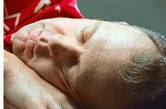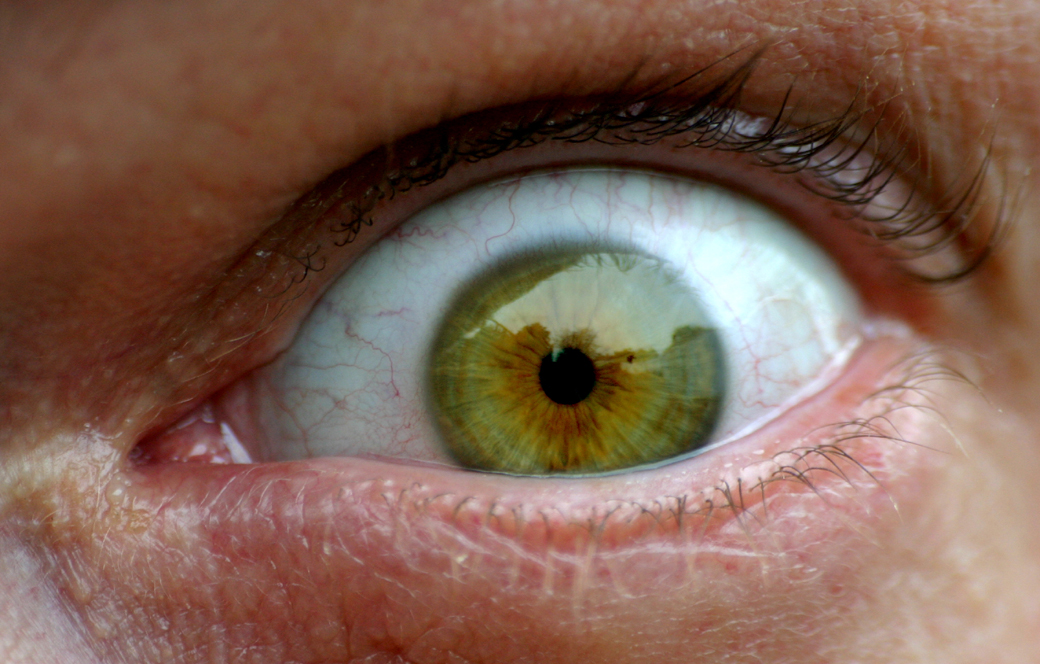
TUESDAY, May 29 (HealthDay News) — Millions of Americans plod through each day exhausted. Not because they’re working too hard, over-exercising or not taking enough vitamins.
The real reason, experts say, is because they unknowingly have a sleep disorder.
As many as 18 million Americans have obstructive sleep apnea, according to the National Sleep Foundation. But researchers estimate that as many as 90 percent of them don’t know they have it.
Sleep apnea causes people’s airways to become blocked while they sleep, depriving them of the oxygen the body needs.
Many people with sleep apnea are chronic snorers. Their partners probably complain of loud snoring during the night, which may or may not be accompanied by gasping or choking sounds. People with sleep apnea are often startled awake many times during the night as the body becomes starved of oxygen. Often, though, people don’t even realize that they’ve briefly woken up.
However, it’s these numerous interruptions in sleep, though brief, that can cause severe daytime sleepiness.
“It’s such a slow process that it can go on for years,” said Dr. Joyce Walsleben, an associate professor of medicine at the New York University School of Medicine in New York City. “People think, ‘Oh, I’m older, it’s normal not to be as peppy,’ and they blow off their symptoms.”
Sleep apnea can be particularly difficult to uncover in women, she said.
“Unfortunately, women don’t snore as much,” Walsleben said. “They tend to report vague symptoms of not feeling well or having a sense of depression or anxiety.”
The effects of too little sleep, however, can go beyond feeling tired during the day.
“Besides a lack of energy and the byproducts of too little sleep, sleep apnea can increase your risk of a car accident by as much as 15 times the normal risk,” said Dr. Steven Park, an integrative sleep surgeon at Montefiore Medical Center in New York City. “It also puts you at greater risk of industrial accidents.”
In addition, he said, sleep apnea increases people’s risk for a host of other ailments, including type 2 diabetes, high blood pressure, heart disease, heart attack, stroke and early death.
“I’ve seen estimates that life expectancy is lowered by 20 years if you have untreated sleep apnea,” Park said.
What causes an airway to close during sleep can vary from person to person. Obesity is a major risk factor because it narrows the airway. A tongue that’s too large for the jaw can fall back and block the airway. And, in some people, Park said, a narrow passage through the nasal cavity or chronic allergies also can cause sleep apnea.
The standard way to diagnose obstructive sleep apnea has been to have an individual spend a night in a sleep lab, where the quality of the person’s sleep is monitored along with the number of episodes of apnea, when breathing stops for 10 seconds or longer, or of hypopnea, when breathing nearly stops. A sleep apnea diagnosis requires more than five episodes of apnea or hypopnea an hour while asleep, Park said.
Today, though, at-home studies can be done, too, though Walsleben said that home tests don’t give as much information as an in-lab sleep study.
But “for the vast majority of people,” Park said, at-home studies are sufficient. “You have many less leads, and it’s much simpler and much more conducive to sleep when you’re at home,” he said. People who have other medical conditions, such as heart disease or nighttime leg movements, that could mimic sleep apnea symptoms still should have a study done in a sleep lab, he said.
Once diagnosed, doctors generally prescribe continuous positive airway pressure, or CPAP, to treat sleep apnea. “A machine blows general positive air pressure and keeps the throat open,” Park said, adding that the flow of air can be adjusted so that it’s not too weak or too forceful. The person usually wears a mask connected by a tube to the machine.
“CPAP is the gold standard in sleep apnea treatment, and people should be encouraged to try it,” Walsleben said. “If one mask isn’t comfortable, there are others you can try.” She said the machines have more options these days, and options such as a heated humidifier can make the device more comfortable to use. “It can take trial and error, but don’t give up,” she advised. “Talk to your physician.”
Park agreed, saying that five to 10 common problems with CPAP can usually be solved with just a little effort. “Some people love CPAP,” he said, but noted that some others just never get used to it.
Other treatment options include dental devices that push the lower jaw and tongue forward, and surgery if there are obvious airway issues, such as a nasal blockage from a deviated septum. In children with sleep apnea, Park said, removal of the tonsils often helps.
The bottom line, according to both experts, is that sleep apnea is underdiagnosed and undertreated.
“Sleep apnea is more common than you suspect,” said Walsleben. “Snoring isn’t something to just laugh about. You need to pay attention if your spouse tells you you’re snoring.”
And if anyone has doubts, remember that the disorder can have far-reaching effects, Park noted.
“A lack of quality sleep affects every part of your body and mind,” he said. “People often get treated for other conditions caused by a lack of sleep from apnea, like depression or high blood pressure, but you have to treat the root of the problem.”
More information
The National Sleep Foundation has more about sleep apnea.
For more on the hidden health hazards of sleep apnea, read about one woman’s tale of near death.

